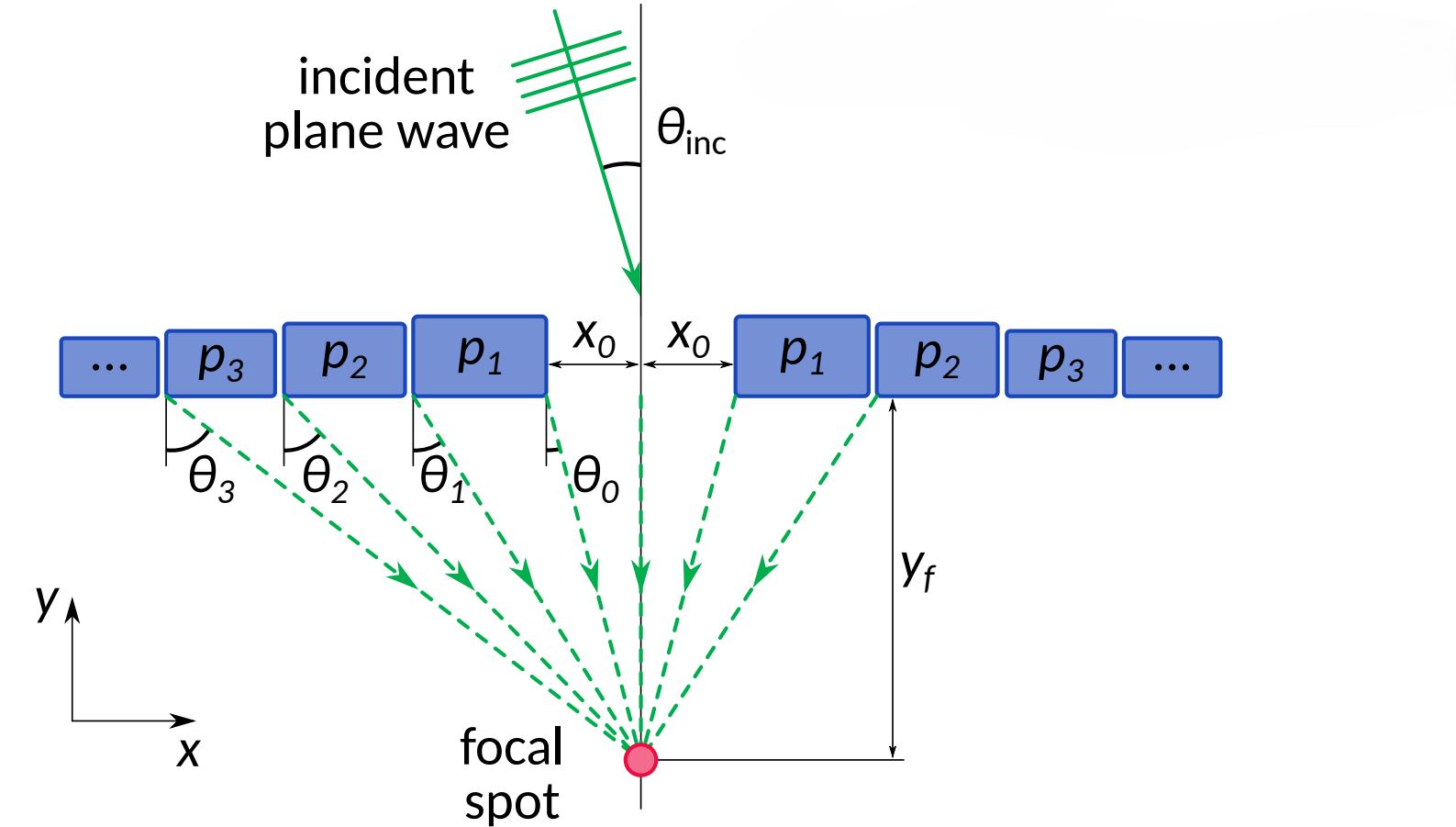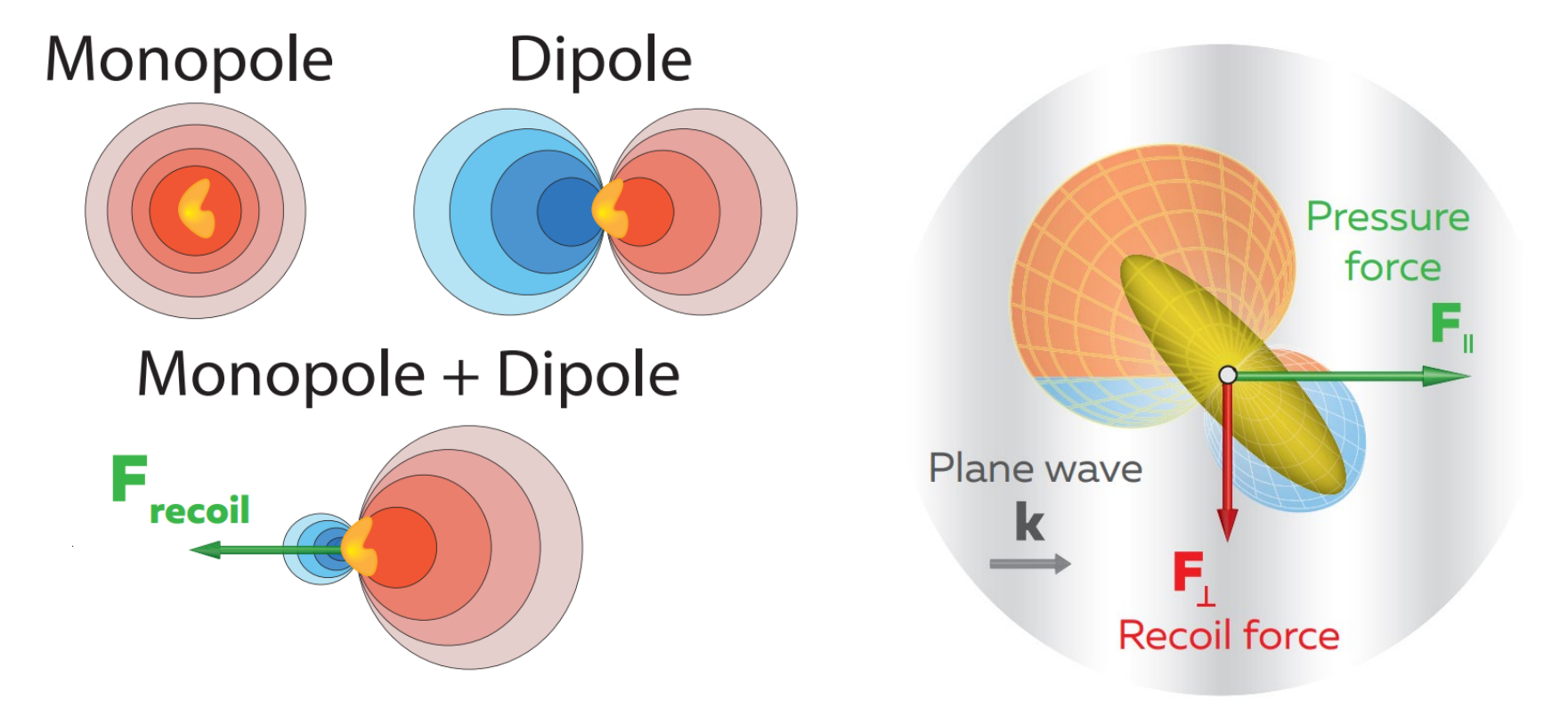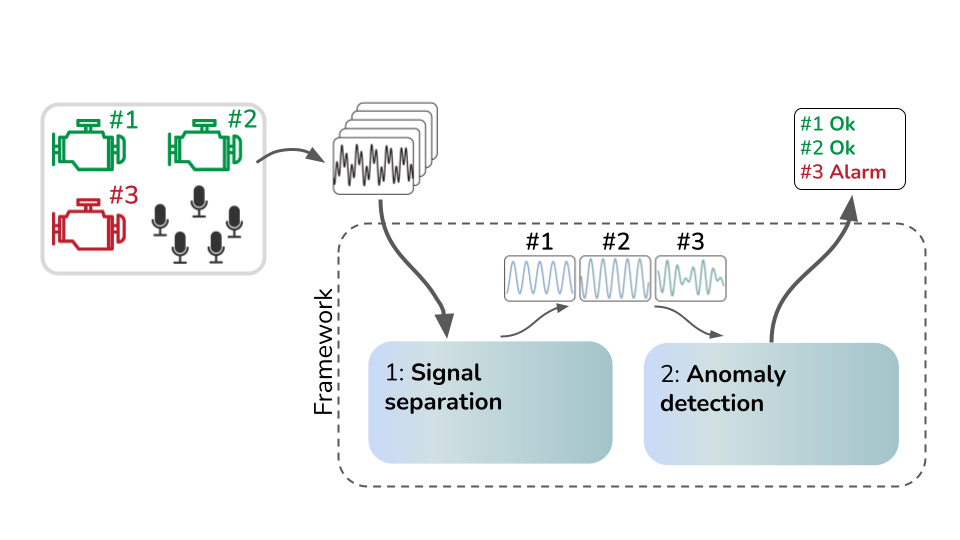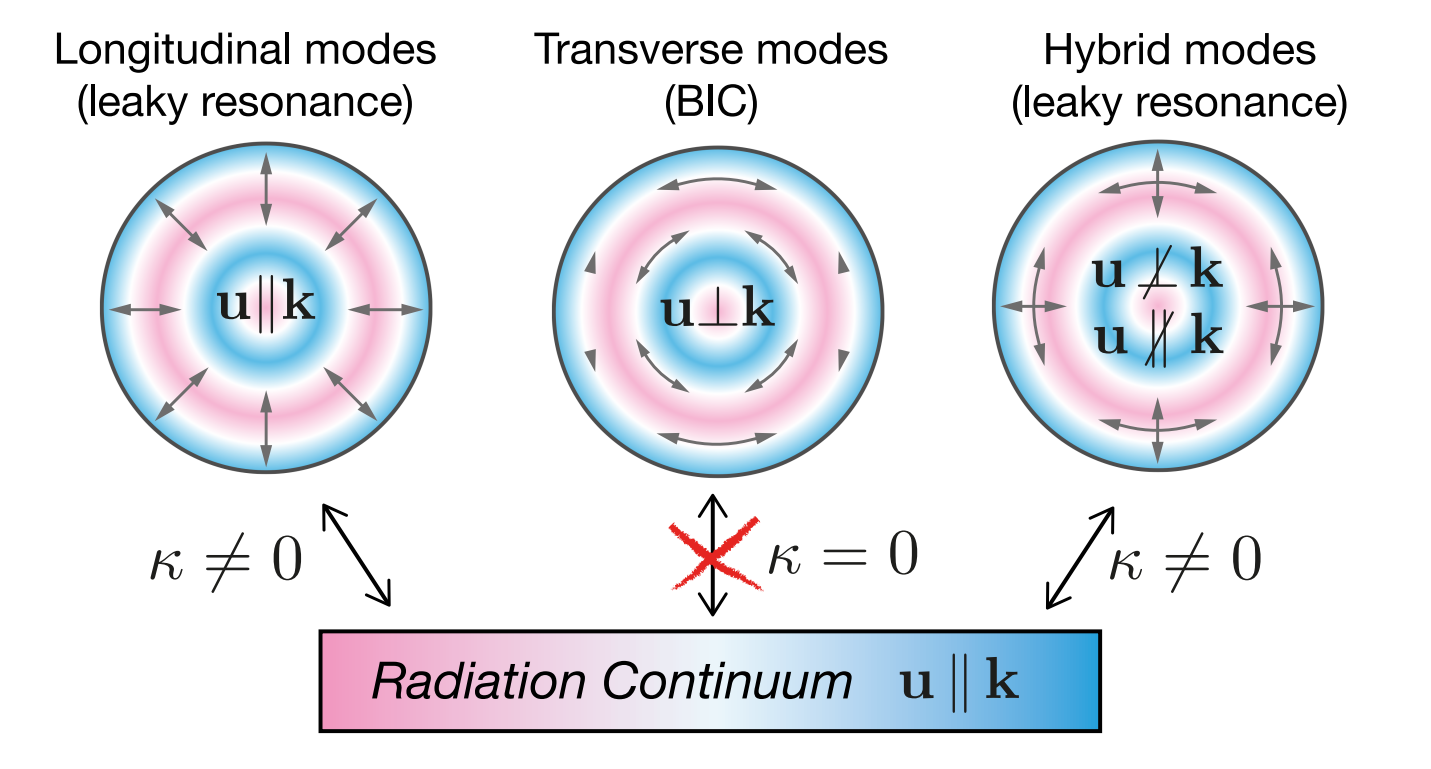Research directions
Research directions
Below you will find information about the research areas of our laboratory.

Image from the article Krasikova M., et al. (2023) Adv. Mat. Tech. 8(1), 2200711
Acoustic metamaterials
Acoustic metamaterials
Acoustic metamaterials are widely represented in the laboratory's projects. Among them are sound-absorbing periodic structures consisting of coupled Helmholtz resonators, labyrinth meta-atoms, which are analogous to high-index dielectric particles and serve for wavefront manipulation tasks, and metalenses for applications in the field of ultrasound diagnostics.

Image from the article Krasikova M., et al. (2023) ICSV29
Medical acoustics
Medical acoustics
In the field of medical acoustics, our expertise lies in the processing of biomedical signals (for example, analysis of lung signals), the design of metamaterials for ultrasound diagnostics, as well as the development of wireless charging technologies for implants.

Image from the article Smagin M., et al. (2024) Phys. Rev. Appl. 22, 064041
Acoustic forces
Acoustic forces
One of our research areas focuses on the theory of acoustic radiation forces — mechanical forces generated when sound interacts with objects. Compared to optical forces, acoustic forces offer the ability to operate in opaque or complex fluids, lower power requirements and less destructive effect on biological tissues. These advantages make them particularly valuable for applications in biomedicine and other life sciences, where precise and gentle manipulation of microscale objects is essential, such as with acoustic tweezers and microfluidic chips. Our team is focused on understanding the fundamental physics behind acoustomechanical interactions, particularly how factors like particle shape and the acoustic environment can be used to enhance control over particle manipulation.

Processing of acoustic signals using artificial intelligence
Processing of acoustic signals using artificial intelligence
In this area, we deal with the task of separating sources in a multichannel signal and finding anomalies in it for the needs of the industry.

Image from the article Deriy I., et al. (2022) Phys. Rev. Lett. 128(8), 084301
Physical acoustics
Physical acoustics
The field of physical acoustics is represented by study of bound states in the continuum (BIC) in various systems (coupled resonators, elastic resonators), symmetries analysis of resonators for predicting scattered field symmetries, etc.
